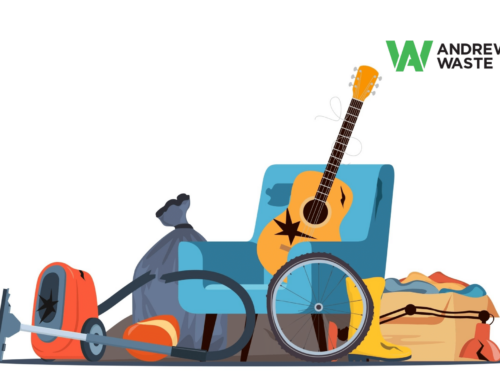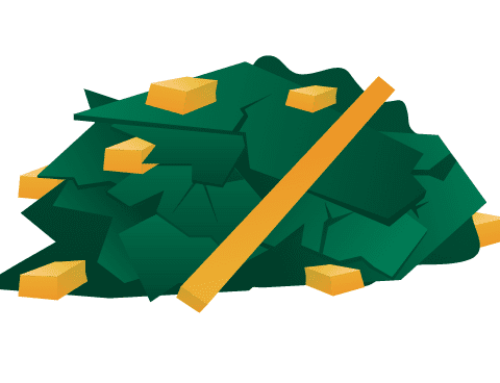Recycle in Battersea

Recycling and Waste Management in Battersea
Battersea is among the 16 London boroughs that have an increase in recycling rates.
Battersea is among the 16 London boroughs that have an increase in recycling rates.
Battersea is among the 16 London boroughs that have an increase in recycling rates.
Battersea’s recycling rate is 50.2%. That’s 2.1% higher than it was last year, which means Battersea has seen an upward trend in its recycling numbers over time.
In fact, Battersea’s waste management services have been improving steadily for years; five years ago, its residents were only recycling 39% of their waste–a 9% increase from today!
Recycling is done by the public, but it is managed and collected by the local council.
The council collects the waste, but it is the public who sorts it. The council has to pay for this service, so they need to make sure they are getting their money’s worth by collecting as much recyclable material as possible from households. This means that you need to separate your rubbish into different bins if you want to get rid of it properly and not have it go into landfill (which would be a waste of space).
There are over 45,000 streets in London to collect waste.
Battersea is one of the 16 London boroughs that have an increase in recycling rates.
There are over 45,000 streets in London to collect waste, and each one has its own rubbish collection service. The City of Westminster (which includes Battersea) has a population of 300,000 people who use around 3 million bins each year – that’s 6 million bins per week!
The collection is performed on a weekly basis by 15 different companies contracted by the local authority or directly by the council itself.
- The collection is performed on a weekly basis by 15 different companies contracted by the local authority or directly by the council itself.
- They are responsible for transporting waste from households, businesses and public places to facilities where it can be processed and turned into energy or other products.
For example, Battersea collects its own waste as it has its own fleet of refuse collection vehicles.
For example, Battersea collects its own waste as it has its own fleet of refuse collection vehicles. This means that the council can ensure that most of its rubbish ends up in the right place and doesn’t end up being dumped illegally. The council’s website says this about their recycling:
“We are one of the 16 London boroughs which have increased recycling rates over recent years – from 22% in 2008/09 to 34% in 2016/17.”
Battersea’s waste collection consists of three different types of vehicles: electric bin lorries, refuse collection vehicles and street cleansing vehicles.
Battersea’s waste collection consists of three different types of vehicles: electric bin lorries, refuse collection vehicles and street cleansing vehicles.
The most common type of vehicle used in Battersea is the electric bin lorry which collects household rubbish from kerbside bins. Refuse collection vehicles are also used to collect waste from the kerbside but they have an open back that allows them to be loaded with larger items such as furniture or mattresses which cannot fit inside an ordinary bin liner. Street cleansing vehicles are used to clean the streets and collect litter (including cigarette ends) using mechanical brooms that sweep up dirt into a hopper at the front before it falls into a bag inside where it can be emptied later at a recycling centre
With more than 500 electric bin lorries, Battersea aims to make all its vehicles zero-emission ready for 2025.
As a London borough, Battersea has some of the highest recycling rates in the capital. In fact, it’s among the 16 London boroughs that have an increase in recycling rates since 2010. And this is done by the public–but it’s managed and collected by local councils like Battersea. There are over 45,000 streets in London to collect waste from households; this includes recyclable materials like paper products or glass bottles.
The council plans to buy only zero-emission capable street cleansing vehicles in 2020.
The council plans to buy only zero-emission capable street cleansing vehicles in 2020. The council will manage and collect waste, as well as contract out waste collection to private companies. The council will provide a service to the public
With their initiatives and efforts, many London boroughs will help reduce the carbon footprint of Londoners.
The Battersea team has made it their mission to make London a cleaner, greener city. With their initiatives and efforts, many London boroughs will help reduce the carbon footprint of Londoners.
Recycling is done by the public but managed and collected by local councils. There are over 45,000 streets in London with 6 million households each year producing about 1 million tonnes of waste that needs collection from homes every day!
Conclusion
In conclusion, London boroughs are making efforts to reduce their carbon footprint by using renewable energy sources and improving recycling rates.



